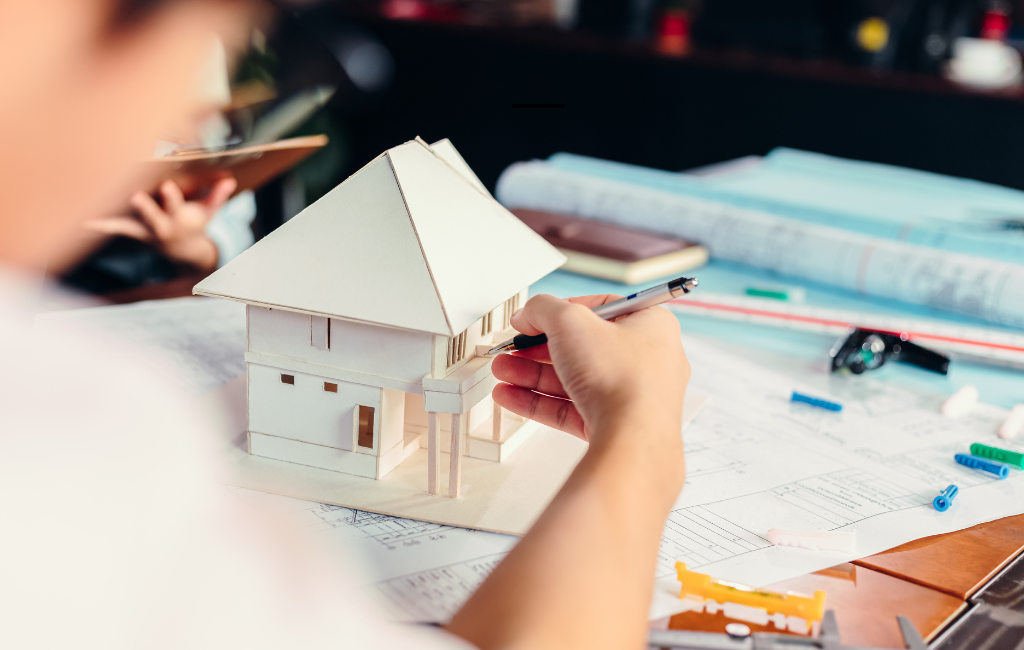-
Table of Contents
Cutting-Edge Architect Innovations for Today’s Buildings
In the ever-evolving field of architecture, new innovations are constantly emerging, transforming the way buildings are designed, constructed, and utilized. These advancements not only enhance the aesthetic appeal of structures but also improve their functionality, sustainability, and efficiency. This article explores some of the most groundbreaking architectural innovations shaping the buildings of today.
Green Building Technologies
Green building technologies have become a cornerstone of modern architecture. These technologies focus on reducing the environmental impact of buildings through sustainable design and construction practices. Some key green building technologies include:
- Solar Panels: Harnessing solar energy to power buildings, reducing reliance on non-renewable energy sources.
- Green Roofs: Installing vegetation on rooftops to improve insulation, reduce heat island effect, and manage stormwater.
- Energy-Efficient Windows: Utilizing advanced glazing techniques to minimize heat loss and gain, enhancing energy efficiency.
- Rainwater Harvesting Systems: Collecting and reusing rainwater for non-potable purposes, reducing water consumption.
Smart Building Systems
Smart building systems integrate advanced technologies to create intelligent, responsive environments. These systems enhance the comfort, security, and efficiency of buildings. Key components of smart building systems include:
- Building Automation Systems (BAS): Centralized control of heating, ventilation, air conditioning, lighting, and other systems for optimal performance.
- Internet of Things (IoT): Connecting devices and systems to the internet for real-time monitoring and control.
- Smart Sensors: Detecting occupancy, temperature, humidity, and other parameters to adjust building systems accordingly.
- Energy Management Systems: Monitoring and optimizing energy usage to reduce costs and environmental impact.
3D Printing in Construction
3D printing technology is revolutionizing the construction industry by enabling the creation of complex structures with unprecedented precision and speed. This innovation offers several benefits:
- Cost Reduction: Minimizing material waste and labor costs through precise, automated construction processes.
- Design Flexibility: Allowing architects to create intricate and customized designs that would be difficult or impossible with traditional methods.
- Speed: Accelerating construction timelines by producing building components quickly and efficiently.
- Sustainability: Using eco-friendly materials and reducing the carbon footprint of construction projects.
Modular Construction
Modular construction involves assembling buildings from pre-fabricated modules, which are manufactured off-site and then transported to the construction site for assembly. This approach offers several advantages:
- Time Efficiency: Reducing construction time by allowing site preparation and module fabrication to occur simultaneously.
- Quality Control: Ensuring consistent quality through controlled manufacturing environments.
- Flexibility: Enabling easy modification and expansion of buildings by adding or removing modules.
- Reduced Disruption: Minimizing on-site construction activities, leading to less noise and disturbance in surrounding areas.
Biophilic Design
Biophilic design emphasizes the integration of natural elements into the built environment to enhance the well-being of occupants. This design philosophy is based on the idea that humans have an innate connection to nature. Key features of biophilic design include:
- Natural Light: Maximizing the use of natural light to create bright, inviting spaces.
- Indoor Plants: Incorporating greenery to improve air quality and create a calming atmosphere.
- Natural Materials: Using materials like wood, stone, and water to create a sense of connection to the natural world.
- Views of Nature: Designing spaces with views of natural landscapes to reduce stress and enhance productivity.
Case Studies
Several buildings around the world exemplify the successful implementation of these cutting-edge architectural innovations. Here are a few notable examples:
- The Edge, Amsterdam: Known as the greenest building in the world, The Edge features advanced smart building systems, energy-efficient design, and extensive use of renewable energy sources.
- One Central Park, Sydney: This residential tower incorporates green roofs, vertical gardens, and a heliostat system to maximize natural light and reduce energy consumption.
- MX3D Bridge, Amsterdam: A 3D-printed steel bridge that showcases the potential of 3D printing technology in creating complex and durable structures.
- Prefab Homes by Katerra: Katerra’s modular construction approach has been used to create high-quality, affordable housing in a fraction of the time required for traditional construction methods.
Conclusion
The architectural innovations discussed in this article are transforming the way buildings are designed, constructed, and experienced. From green building technologies and smart systems to 3D printing and biophilic design, these advancements are paving the way for more sustainable, efficient, and human-centric built environments. As these technologies continue to evolve, they will undoubtedly shape the future of architecture, creating spaces that are not only functional and beautiful but also harmonious with the natural world.
